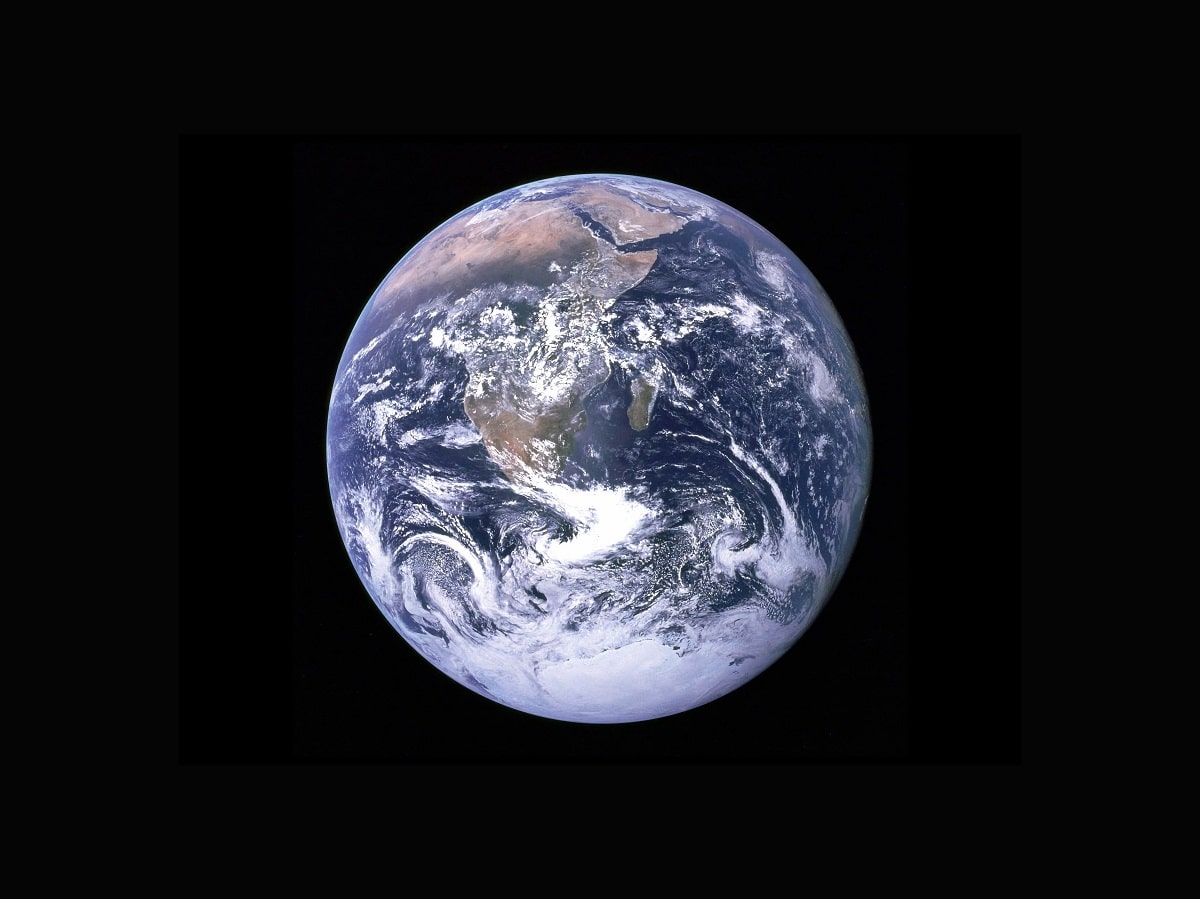Earth Facts and Statistics for 2025
Last Updated on: May 29th, 2025
Here are a few of the most interesting Earth facts and statistics I was able to dig up in my internet travels. As always, be sure to check back in the future as I will be updating this post as new and updated stats become available.

Photo by Ricardo Resende on Unsplash
Earth is a terrestrial planet and the third planet from the sun in our solar system. It is the largest of the terrestrial planets and the only known planet in the universe to support life.
The origin of Earth can be traced back to about 4.5 billion years ago when the solar system was formed from a cloud of gas and dust known as the solar nebula. As the solar nebula contracted due to gravity, it started to spin and flatten into a disk. The central part of the disk formed the sun, while the remaining material in the disk began to clump together to form the planets.
The early Earth was a violent and inhospitable place. It was bombarded by asteroids and comets, which caused massive impacts and created huge craters on the surface. The intense heat and pressure also caused the Earth to differentiate into layers, with the heavy elements sinking to the center to form the core, and the lighter elements rising to the surface to form the crust.
Over time, the Earth’s surface cooled and the atmosphere began to form. Early in Earth’s history, the atmosphere was dominated by carbon dioxide and nitrogen, but eventually, life forms evolved and released oxygen through photosynthesis, which changed the composition of the atmosphere.
Today, the Earth’s atmosphere is a complex system that supports life and regulates the planet’s climate. The Earth’s magnetic field also protects us from harmful solar radiation and cosmic rays. Overall, the origin and evolution of Earth is a fascinating and ongoing area of scientific research.
Earth Facts
- The Earth’s Circumference: 40, 075.017 km at the equator (24,901.461 miles)
- Earth’s Diameter: 13,000 km (8,000 miles)
- Earth’s Atmosphere Composition: 78.08% nitrogen, 20.95% oxygen, 0.93% argon and numerous less significant elements.
- Earth’s Core Composition: Mostly nickel and iron
- Earth’s Ground Layers:
- Crust
- Mantle
- Outer Core
- Inner Core
- Earth’s Distance From the Sun:
- Minimum: 146 million km (91 million miles)
- Maximum: 152 million km (94.5 million miles)
- Earth’s Distance From the Moon: 384,400 km (238,855 miles)
Earth Statistics
- Global Population: As of 2022, the world’s population stands at approximately 8 billion people, showcasing the remarkable diversity and interconnectedness of humanity.
- Largest Countries by Population: The most populous countries in the world include China, India, the United States, Indonesia, and Brazil, each contributing to the global tapestry of cultures and societies.
- Largest Countries by Land Mass: When it comes to land mass, the largest countries are Russia, Canada, the United States, China, and Brazil. These vast territories encompass diverse landscapes and ecosystems, spanning continents and regions.
- The Origins of Life: Approximately 3.5 billion years ago, life first appeared on Earth, marking a profound moment in the planet’s history and setting the stage for the incredible diversity of species we observe today.
- Age of the Earth: The Earth is estimated to be around 4.5 billion years old, providing a glimpse into the immense timescale over which our planet has evolved and transformed.
- The Watery Planet: A staggering 70% of the Earth’s surface is covered by water, forming vast oceans, seas, and freshwater bodies that teem with life and play a crucial role in sustaining ecosystems.
- Earth’s Ranking: Among the planets in our solar system, Earth holds the distinction of being the fifth largest. This positioning emphasizes its significance and unique attributes within our cosmic neighborhood.
- Orbital Journey: The Earth completes its orbit around the Sun in approximately 365.26 days, defining the length of our calendar year and shaping the cycles of seasons and climate patterns.
- Rotational Spin: With a rotational period of approximately 23.934 hours, the Earth completes one full rotation on its axis, determining the length of our day and influencing the rhythms of life on our planet.
- Dynamic Geology: The Earth’s geology is ever-changing, characterized by tectonic activity, volcanic eruptions, and the gradual shaping of landforms over time. This dynamic nature continually shapes our planet’s landscape.
The Earth, with its vibrant ecosystems, diverse population, and remarkable geological features, is a planet of endless wonder. These 10 fun facts have shed light on the Earth’s population, size, age, and its intricate relationship with the Sun. As we marvel at the splendors of our home planet, let us embrace our role as stewards of the Earth, fostering its preservation and cherishing the beauty and intricacies it offers to all who call it home.
Please note that some of these numbers are easier to find than others. Most of these fun facts come from internet reports and may not be official tallies. No information contained on DMR should be relied upon to make investment decisions. Basically, this is the best I can find and I don’t guarantee anything to be 100%.
